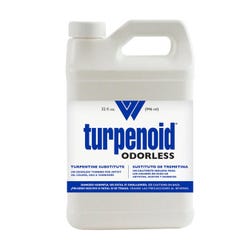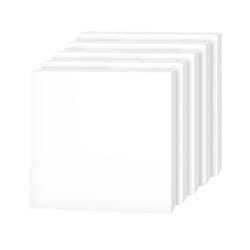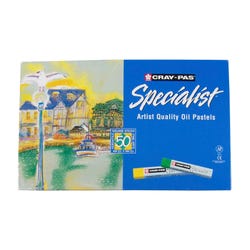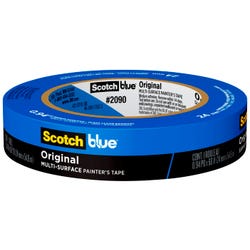Drone Inspired Images

Description
Lesson Plan and Artwork by Annette Johnson
A drone is a UAV, an unmanned aerial vehicle. Originally developed for use by the military, they were first used during the First and Second World Wars and in later wars and conflicts. As drones developed to become smaller, more maneuverable, and less expensive, they expanded into nonmilitary uses such as aerial photography, cinematography, monitoring of forest fires and rivers, real estate development, policing, and more. They enable high-resolution imagery, and the top-down images provide a unique perspective for the artist to explore. Using oil pastels on a gesso surface students will interpret an aerial view from an artistic perspective.
Objectives
- Select a drone image from a search of the images on the internet. These aerial images will be the basis for their artwork.
- View various top-down drone images and discuss how this changes the way the artwork is visualized.
- Experiment with using oil pastels on a gesso surface—first creating a wash, then adding a final top application of oil pastel to add texture and definition.
Supplies Needed
Sakura® Cray-Pas® Specialist™ Oil Pastels, 2½” x 2⁄5” x 2⁄5“, Assorted Color, Set of 50
Sax® Watercolor Paper, 18 x 24”, 140 lb, Natural White, 50 Sheets
Sax® Acrylic Gesso, White, Quart
Odorless Turpenoid® Hypo-Allergenic Turpentine Substitute, 1 Quart
School Smart® Foam Boards, 11 x 14”, White, Pack of 25
ScotchBlue™ Original Painter’s Tape, Multi-Use, 0.94” x 60
*Here are the supplies needed for this lesson plan for reference. Find a convenient carousel of shoppable products for this lesson below.
Standards
Standard #1: Generate and conceptualize artistic ideas and work.
Standard #3: Refine and complete artistic work.
Standard #4: Analyze, interpret, and select artistic work for presentation.
Standard #7: Perceive and analyze artistic work.
Standard #11: Relate artistic ideas and works with societal, cultural and historical context to deepen understanding.
Instructions
1
Cut the Sax Watercolor paper into a 9” x 12” piece. Using a pencil, draw a line 1/2” in from all sides.
2
Attach the watercolor paper to an 11” x 14” piece of foam board using the painter’s tape. Line the tape up along the pencil line on each side of the paper. Press down firmly on the tape to make a strong bond so nothing seeps under the tape.
3
Apply an even coat of gesso to the watercolor paper, following the directions on the bottle. Let dry completely and sand lightly. Apply a second coat, sanding lightly when completely dry. Do not remove tape.
4
Select a drone image. This image was created as an aerial view of shipping containers. Using a pencil, lightly draw the image onto the gesso surface of the watercolor paper.
5
Apply Sakura Specialist Oil Pastels lightly to the surface, filling in the drawn image. Use the colors seen in the drone image, or interpret the image using your own color selection.
6
Using turpenoid, create a color wash by applying it to the oil pastel. Apply more oil pastel if the wash is not dark enough. You might also apply several oil pastel colors to scrap paper, adding turpenoid to the pastels creating custom colors, then apply the colors to the gesso surface.
7
Once the wash layer is completely dry, use the oil pastel stick to draw on top of the wash layer— creating texture, line, color saturation, and adding detail to the image.
8
Once complete, remove tape from all edges of the watercolor paper.
9
Mat the finished image and critique.








